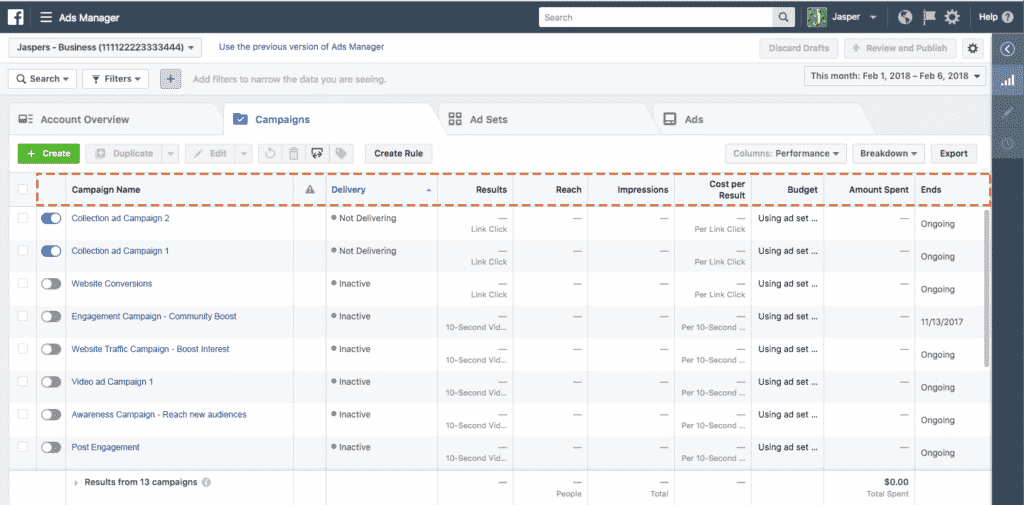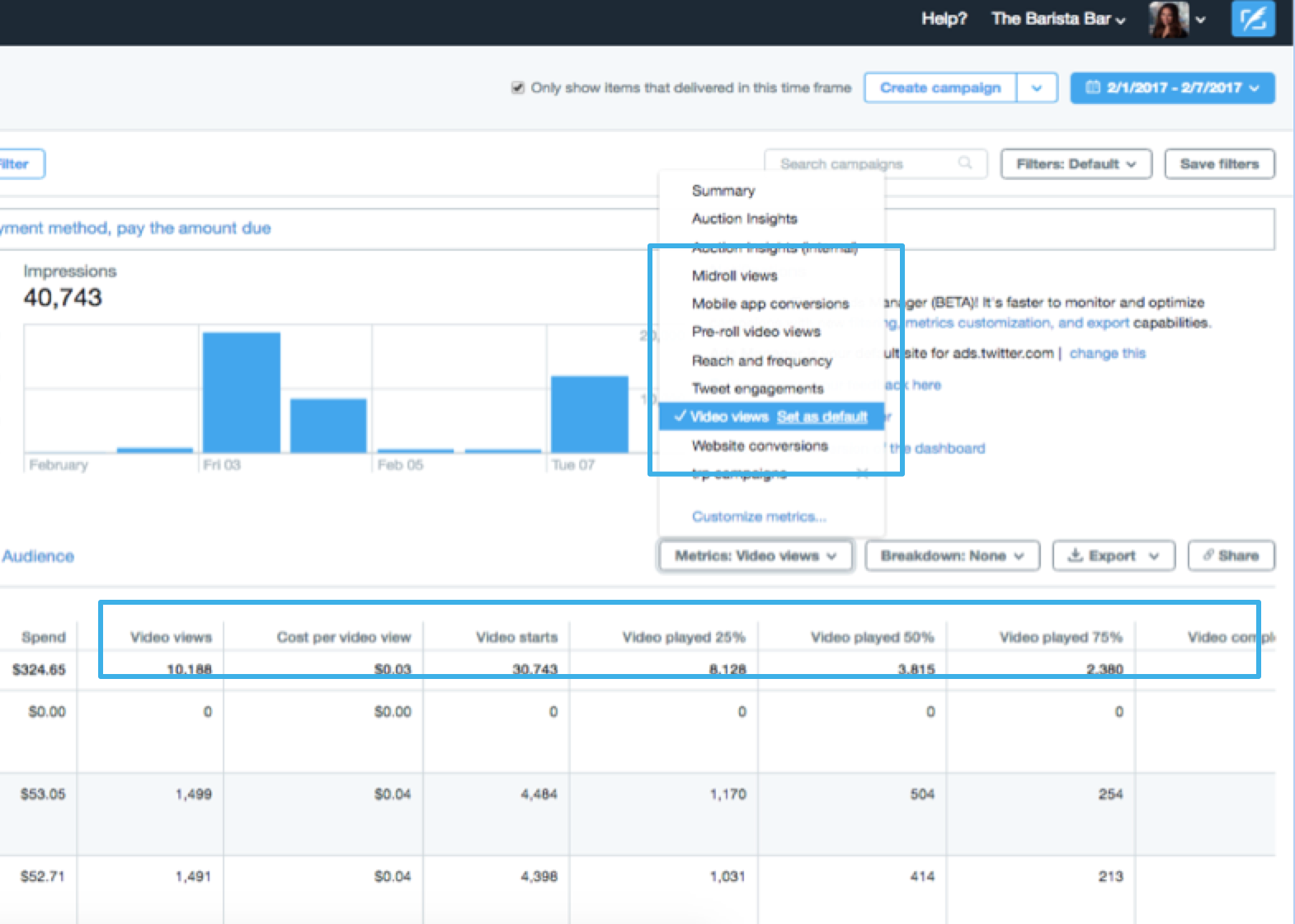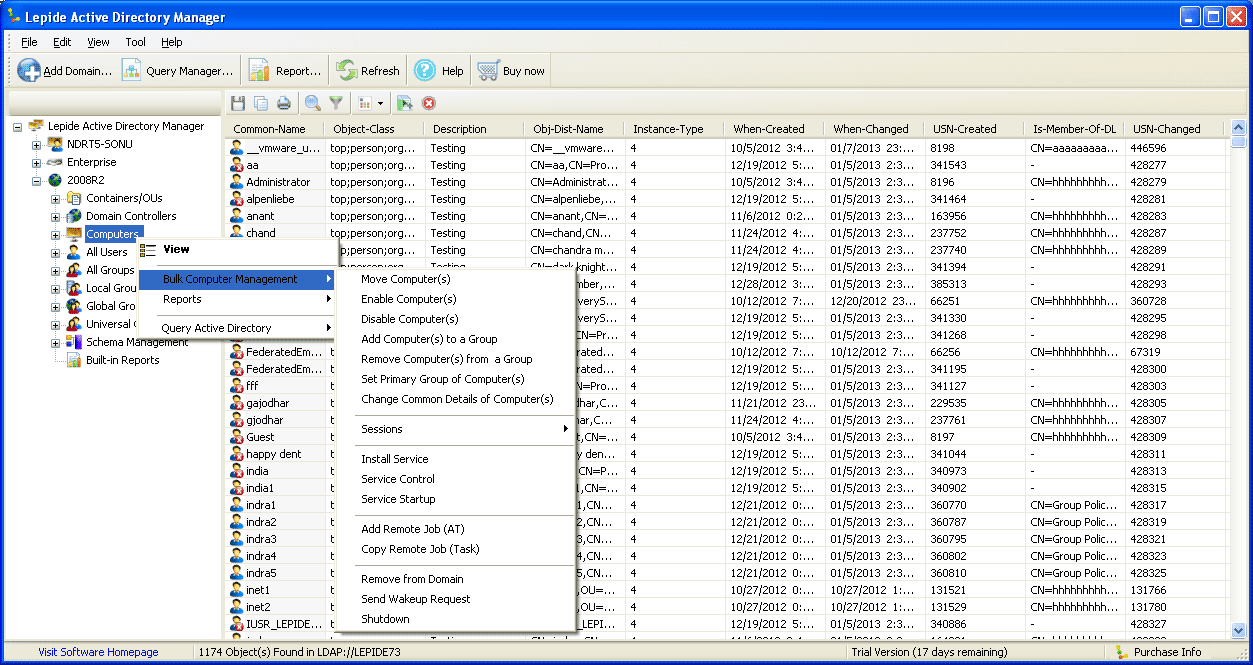

In the Optimization section, you can choose how you bid for ad placements: by link clicks, impressions (showing ads as many times as possible), or unique reach (delivery to unique individuals no more than once in a day). You can even specify start and end times down to the minute. Next, you can set your campaign to run continuously or choose to run it within a set timeframe. Facebook generally will attempt to allocate the lifetime budget evenly each day. You can choose between a daily budget, in which you define a maximum spend for each day, and a lifetime budget, in which you define a maximum spend for the duration of the ad set’s schedule. Finally, you can choose to show ads on all mobile devices or just a specific type: Android, iOS, or feature phones.įinally, you can set a budget and the timeframe for your campaign. You can also control whether or not your ads appear on Instagram here. In addition, you can choose what types of Facebook ad placements you want to use: mobile vs. We’ll get into choosing your target audience with a lot more detail in a future post. You can also target people who like your page. Here, you can define age ranges, gender, language, geography, interests, behaviors, and other audience targeting criteria.

Next, you can proceed to creating an ad set within the campaign. Once you choose your objective, you’ll see a prompt to name your campaign. If your goal is to drive an audience to a blog post, you should choose the “Send people to your website” objective instead.

You’ll pay for any engagement with a post (likes, comments, shares, etc.) in addition to clicks. For instance, the “Boost Your Posts” goal can easily waste spend if your ultimate goal is to drive people from a link in a post to your website. Think carefully about you’re objective and what you’re trying to achieve. You’ll go through six steps.įirst you’ll see a screen where you can choose the objective mentioned earlier. Click the “Create Campaign” button in the upper left above the list of campaigns. Once you’ve entered the Facebook Ads Manager, you can begin creating a new campaign. It all starts by setting up and jumping in. With so many different options and combinations, it may take time to fully explore your options and find the right balance. Finally, each ad set can contain multiple ads, which you can create in many different formats, depending on your objective. Each ad set contains audience targeting criteria, schedule, and budget. Within each campaign, you can create multiple ad sets. The objective will affect what types of ads you can run and what kinds of bidding you can choose. The account breaks down further into campaigns, for which you set an advertising objective. Finally, you can see aggregated metrics for the entire account, such as total spend on reach. You can also assign access to individuals on the account level. Understanding Facebook Ad Campaign StructureĪt the top level, your Facebook advertising account contains your company information and billing details.
#AD MANAGER HOW TO#
We’ll walk you through the process of creating a basic campaign, as well as how to look at performance. While the Manager provides powerful options for customizing campaigns and evaluating metrics, the interface can also be somewhat unwieldy to learn.

The Facebook Ads Manager allows you to create, edit, and optimize your advertising campaigns within a web-based interface.


 0 kommentar(er)
0 kommentar(er)
